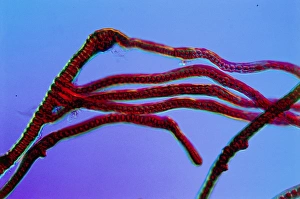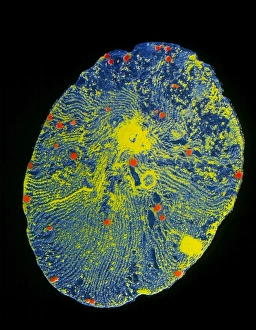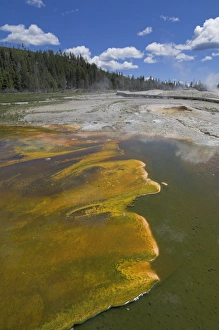Cyanobacteria Collection (#3)
Cyanobacteria, also known as Microcystis blue-green alga, are fascinating organisms that thrive in various environments
All Professionally Made to Order for Quick Shipping
Cyanobacteria, also known as Microcystis blue-green alga, are fascinating organisms that thrive in various environments. From the elevated view of patterns in bacterial mats around Grand Prismatic Spring in Yellowstone National Park to the dead calcified trees adorned with vibrant yellow and brown cyanobacteria living in Canary Springs, their presence is both mesmerizing and vital. At Mammoth Hot Springs, the Canary Spring terraces greet the sunrise with a burst of colors, thanks to the cyanobacteria residing there. The travertine slope showcases a picturesque scene with its stunning yellow and brown hues created by these microorganisms. Steaming mist envelops Canary Spring at dawn, creating an ethereal atmosphere at Mammoth Hot Springs. Meanwhile, Grand Prismatic Spring offers another breathtaking sight from above as intricate patterns emerge within its bacterial mat. Beyond Yellowstone National Park lies the Sargasso Sea in Bermuda where Trichodesmium thiebautii thrives. These blue-green cyanobacteria add a touch of beauty to this marine ecosystem. However, not all encounters with they have positive outcomes. In Lake Baikal, Siberia's pristine waters suffer from sick sponges stricken by these microorganisms during December. It serves as a reminder of how delicate ecosystems can be affected by imbalances caused by certain species. In Lake Natron's Rift Valley salt pans, an aerial view reveals striking red hues due to an abundance of cyanobacteria. This phenomenon showcases nature's ability to transform landscapes into surreal works of art through microscopic life forms like these bacteria.







